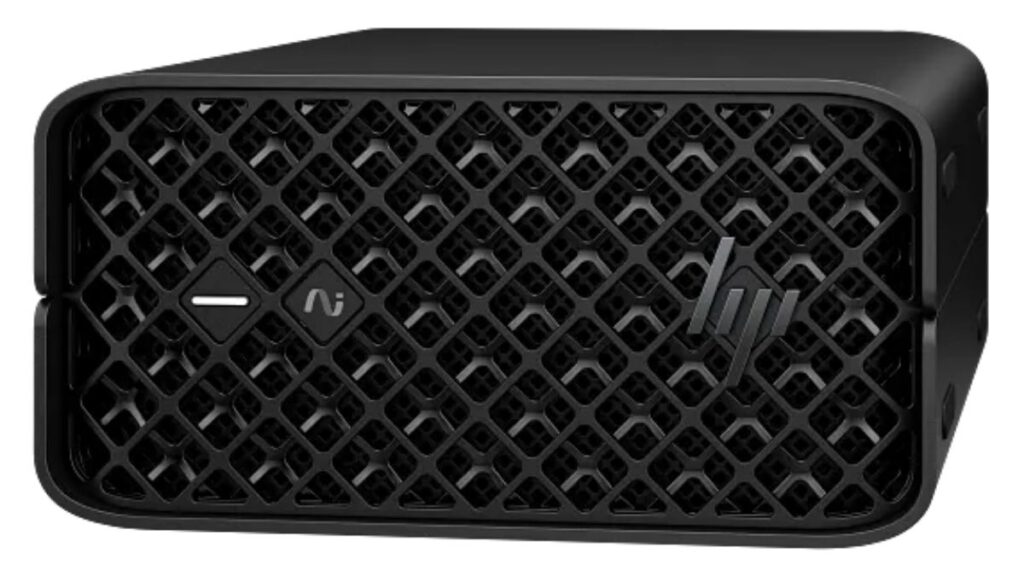Indeed, collecting high-quality data is key in healthcare research in order to generate valuable research insights.
Nonetheless, as healthcare researchers, it can’t be denied that the process of data collection is usually marred with errors, can consume a lot of time, can sometimes be a source of frustration, and so on. Although it doesn’t have to be that way.
By streamlining your data collection approach, you can make the whole process more efficient, accurate, and even satisfying. Read on to learn more.
Embrace Digital Tools
Bid goodbye to paper forms and say hello to the digital age. Transitioning to electronic data capture (EDC) systems can be a game-changer. Features like data validation, skip logic, and auto-calculations help minimize errors and inconsistencies.
For example, if a participant accidentally enters an out-of-range value, the system can flag it in real time and prompt for correction. Or, if certain questions are irrelevant based on previous responses, skip logic can automatically hide them, reducing participant burden and improving data quality.
Automate, Automate, Automate
Avoid wasting time in performing repetitive tasks. Instead, embrace automation in doing data collection in healthcare research. From scheduling follow-up appointments to sending survey reminders, there are plenty of opportunities to leverage automation technology, such as quick creation of define.xml.
Consider using tools like chatbots or interactive voice response systems to streamline participant communication. These automated systems can handle tasks like screening for eligibility, providing study information, and even collecting basic demographic data. Not only will this save you time, but it can also improve response rates and data quality by providing a consistent, user-friendly experience.
Other tasks ripe for automation include data cleaning and coding. By setting up scripts or macros to handle these processes, you can reduce the risk of human error and free up your team’s time for more complex analyses. Remember: make sure to thoroughly test and validate any automated processes to ensure they’re functioning as intended.
Design With the End In Mind
Before you start collecting a single data point, take a step back and consider your end goals. What specific questions are you trying to answer? Which variables do you really need?
By designing your data collection protocol with analysis in mind, you can avoid gathering extraneous information that won’t ultimately be used. A focused, purposeful approach is key to efficiency.
For instance, if your research aims to identify risk factors for a particular condition, hone in on variables that have been previously associated with that outcome. By being intentional about what data you collect, you’ll be better positioned to generate meaningful insights down the line.
Keep It Simple and Stick with What’s Tried-And-Tested
When it comes to data collection instruments, simplicity is the way to go. Stick to clear, concise questions that directly address your research aims. Ditch the jargon and opt for plain language that everyone can understand.
On the other hand, consider using validated instruments whenever possible. These tools have already been rigorously tested and refined, saving you the legwork of developing questions from scratch. Plus, using standardized measures allows for easier comparisons across studies and populations.
Test, Refine, Repeat
Even the most carefully designed data collection protocol can benefit from a trial run. Before launching your study, conduct a small pilot test to identify any flaws in the system.
Are participants confused by certain questions? Is the data being captured in the expected format? Use this feedback to refine your approach. Maybe you need to clarify instructions, add more response options, or rework the order of questions.
Additionally, don’t be afraid to make adjustments on the fly if needed. If you notice a particular question is consistently yielding missing or invalid responses, it may be worth modifying or even eliminating it. Continuous improvement is the name of the game.
Foster a Team Mindset
Data collection is a whole team affair. From research assistants to data managers, everyone has a role to play when it comes to data collection in healthcare research. Foster a collaborative spirit by clearly defining responsibilities and setting shared goals. In addition, encourage a culture of openness in your team.
Regular check-ins can help ensure everyone is on the same page and identify any roadblocks early on. Consider establishing standard operating procedures (SOPs) to ensure consistency across team members. These documented processes can be especially helpful when onboarding new staff or collaborating with external partners.
Finally, always celebrate your team’s successes along the way. This can be easily done by acknowledging milestones, whether it’s hitting a recruitment target or completing a particularly challenging wave of data collection, which can boost morale and keep everyone motivated.
To Conclude
By embracing digital tools, designing with purpose, keeping things simple, automating tasks, continuously refining your approach, and fostering teamwork, you can streamline data collection and set your healthcare research up for success.
Remember, the data you collect has the power to drive meaningful improvements in patient care. By optimizing the whole data collection process while carrying out healthcare research, you’ll be able to focus on what really matters – uncovering groundbreaking healthcare insights that make a difference.
- Streamlining Data Collection in Healthcare Research - April 2, 2024





Comments are closed.